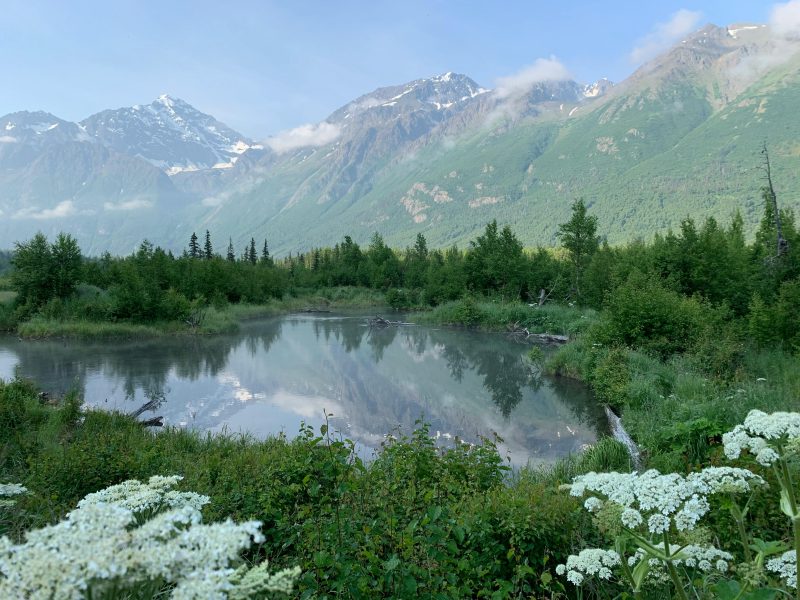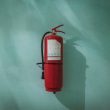As First Vice President at RBC Wealth Management, Jake Gaskell brings nearly 20 years of experience helping clients plan for the future with confidence and care. Beyond his career in finance, Jake is an experienced outdoorsman with a deep appreciation for Alaska’s rugged beauty. His aviation background and extensive travel throughout the state lend him firsthand insight into navigating the challenges and rewards of the Alaskan wilderness—making safety a top priority for any traveler seeking adventure in the Last Frontier.
Alaska is one of the most beautiful and unique states in America. One of the least populated states, it offers residents and travelers solitude and opportunities to reconnect with nature. However, Alaska’s environment can pose challenges, especially in remote areas. Tourists, travelers, and newcomers should keep certain safety tips in mind.
Alaska offers different opportunities depending on the time of year. For example, February and March are two of the coldest months, ideal for dogsled races, while marine wildlife becomes more active in April and May. June through August offers the best weather, though it is the busiest tourist period of the year.
When packing for a trip to Alaska, individuals should prepare to dress in layers. While it may surprise some Americans, temperatures in the state’s Inside Passage, a popular temperate rain forest, can reach 70 to 90 degrees Fahrenheit in July. The winter temperatures fall well below zero. Travelers should consult a regional climate and packing guide for specific packing instructions.
The varied temperatures in Alaska mean that travelers must be prepared for many of the same outdoor threats they would face while exploring other parts of the US, including insects. Mosquitoes are a particularly common pest, especially in the dense forests of the Interior and northern Alaska, to the point that the insect is informally referred to as the Alaskan State Bird.
Individuals who plan to go outback camping or use side-of-the-road rest stops should prepare for encountering mosquito swarms with a strong pest repellent. Fortunately, none of the 30 mosquito species in Alaska carry any of the major harmful diseases that can be attributed to mosquitoes, such as West Nile Virus or Dengue Fever.
Many travelers arrive in Alaska to see the “Big 5” wildlife-viewing experiences, which include bears. Brown bears, black bears, and polar bears live in several Alaskan nature preserves, including Lake Clark National Park and Preserve, Katmai National Park and Preserve, and the Arctic National Wildlife Refuge.
Individuals who follow park rules and treat the animals with respect and caution should have no issues. However, travelers should avoid direct encounters with bears whenever possible. Bears will generally avoid human contact, though visitors should secure all food and garbage that will attract bears and other animals.
Individuals should frequently talk and make noise so bears understand they are not prey animals. Brown bears and grizzly bears may ignore humans who play dead, but this tactic does not work on black bears or polar bears. Travelers should never go outside alone.
Hiking groups should always inform local officials of their whereabouts when exploring Alaska’s nature preserves, along with intended times of departure and return. Hikers and campers should ensure they are in proper physical shape to take on the region’s challenging terrain. If a visitor notices a blister forming on their feet, they should treat the issue immediately with tape or moleskin.
Finally, if travelers become lost in Alaska, they should stay in place unless doing so presents an obvious threat. If travelers become lost because of a vehicle breakdown, they should stay with the vehicle and use it as shelter.










